![]()
![]()
![]()
Use LEFT and RIGHT arrow keys to navigate between flashcards;
Use UP and DOWN arrow keys to flip the card;
H to show hint;
A reads text to speech;
45 Cards in this Set
- Front
- Back
|
place value
|
hundreds tens ones
(432 = 4 hundreds 3 tens 2 ones) |
|
|
value of the digit
|
how much a digit is worth in a 3 digit number
(The value of the 4 in 548 is 40.) |
|
|
expanded form
|
A way of writing a number using +.
(For example, 567 = 500 + 60 + 7) |
|
|
standard form
|
A way of writing a number like you regularly do.
467 |
|
|
word form
|
A way of writing a number using only words.
489 = four hundred eighty nine |
|
|
greater than
|
Used to compare two numbers.
68 > 43 68 is greater than 43. (Remember the alligator eats the bigger number.) |
|
|
less than
|
Used to compare two numbers.
87 < 109 87 is less than 109. (Remember the alligator eats the bigger number. |
|
|
equal
|
Used to show two numbers are the same.
45 = 45 or 45 = 40+5 45 equals 45. Remember to add/subtract the equation first. |
|
|
related fact
|
two equations that are in a fact family.
7 4 3 4 + 3 = 7 7 - 4 = 3 |
|
|
fact family
|
four number sentences that use the same 3 numbers.
5 3 8 5 + 3 = 8 3 + 5 = 8 8 - 3 = 5 8 - 5 = 3 |
|
|
sum
|
The answer to an addition problem
4 + 1 = 5 5 is the sum to the addition problem. |
|
|
difference
|
The answer to a subtraction sentence.
9 - 2 = 7 7 is the difference in this subtraction sentence. |
|
|
addition
|
adding, plus
+ |
|
|
subtraction
|
subtract, minus, take away
- |
|
|
array
|
a way of organizing objects in rows and columns to create a multiplication sentence
**** **** **** rows X columns = 3 X 4 = 12 |
|
|
whole fraction
|
The whole thing so that it equals one. The numerator (top number) should be the same as the denominator (bottom number).
4/4 = 1 |
|
|
picture graph
|
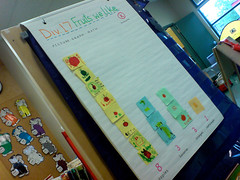
a way to show information using pictures
|
|
|
bar graph
|

a way to show info using rectangular boxes
|
|
|
tally marks
|

A way of showing information. When a group of lines is crossed out, it equals 5.
|
|
|
quarter hour
|
15 minutes
3:15 (quarter after 3) 15 minutes after 3 4:45 (quarter before 5) 15 minutes before 5 |
|
|
minutes in an hour
|
big hand on the clock.
count by 5's. |
|
|
days in a week
|
7 days in a week
(Sunday, Monday, Tuesday, Wednesday, Thursday, Friday, Saturday) |
|
|
months in a year
|
12 months in a year
(January, February, March, April, May, June, July, August, September, October, November, December) |
|
|
days in a month
|
30 or 31 days in a month except for February which has 28
|
|
|
triangle
|

3 sides
3 vertices (angles) |
|
|
rectangle
|
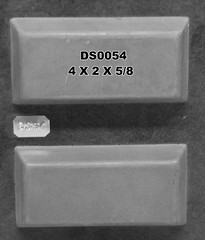
4 sides (2 sides are the same length)
4 vertices (angles) |
|
|
circle
|
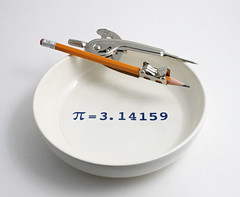
0 sides
0 vertices plane shape that has no straight lines |
|
|
square
|
4 sides of equal length
4 vertices (angles) |
|
|
hexagon
|

6 sides
6 vertices |
|
|
sphere
|

the shape of a baseball
0 edges 0 vertices (angles, points) 0 faces |
|
|
square pyramid
|

5 faces
5 edges 5 vertices (angles, points) |
|
|
cube
|

6 faces
12 edges 8 vertices |
|
|
rectangular prism
|

6 faces
12 edges 8 vertices |
|
|
cylinder
|
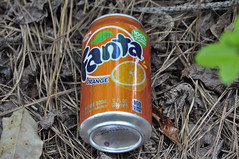
2 faces (faces are always flat)
0 edges (edges are always straight) 0 vertices (points or angles) |
|
|
face
|
the flat part of a solid figure
|
|
|
vertices
|
the point on a solid figure or angle on a plane shape
|
|
|
edges
|
where 2 faces meet on a solid figure
|
|
|
range
|
the largest number minus the smaller number in a set of data
5 6 4 7 3 7 - 3 = 4 The range is 4 |
|
|
mode
|
the number that is used the most in a set of data
5 6 7 4 3 4 3 4 2 The mode is 4 since it is used the most in the data |
|
|
quarter
|
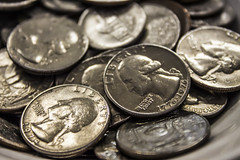
25 cents $0.25
2 quarters = 50 cents $0.50 3 quarters = 75 cents $0.75 4 quarters = 100 cents $1.00 |
|
|
dime
|
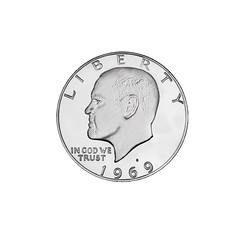
10 cents $0.10
count by 10's when counting dimes smallest (size) coin |
|
|
nickel
|

5 cents $0.05
count by 5's when counting nickels |
|
|
penny
|

1 cent $0.01
count by 1's when counting pennies |
|
|
dollar
|

$1.00
count by 1's when counting dollars |
|
|
triangular pyramid
|
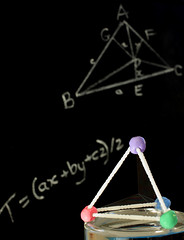
4 faces
4 vertices (points) 6 edges |

